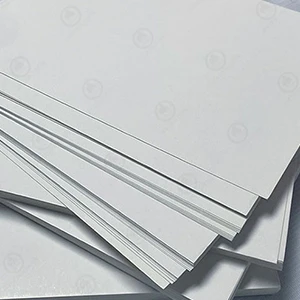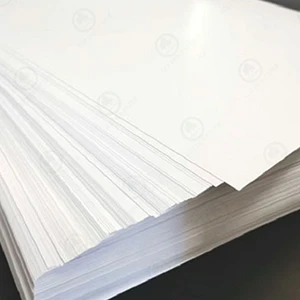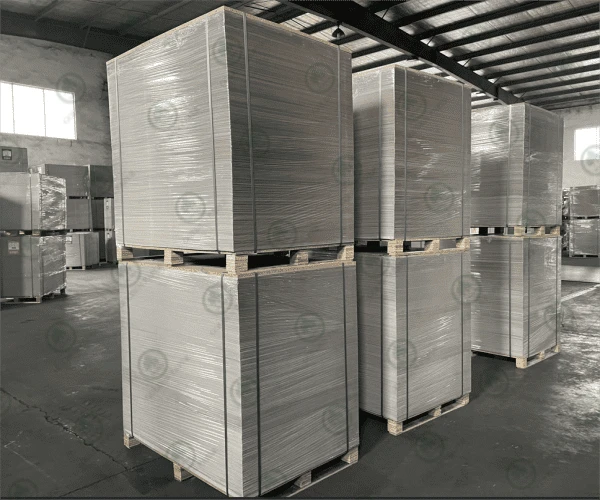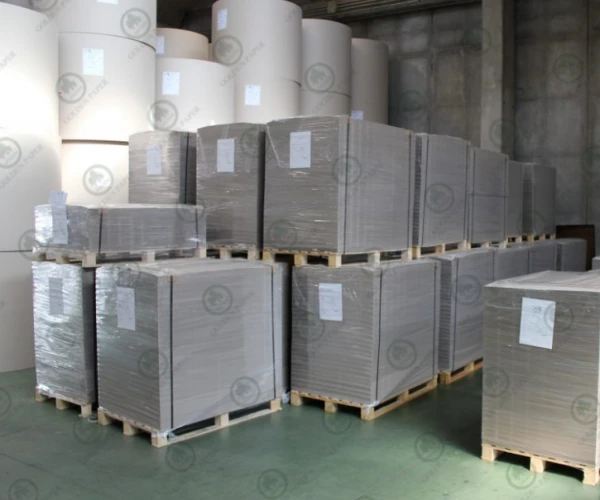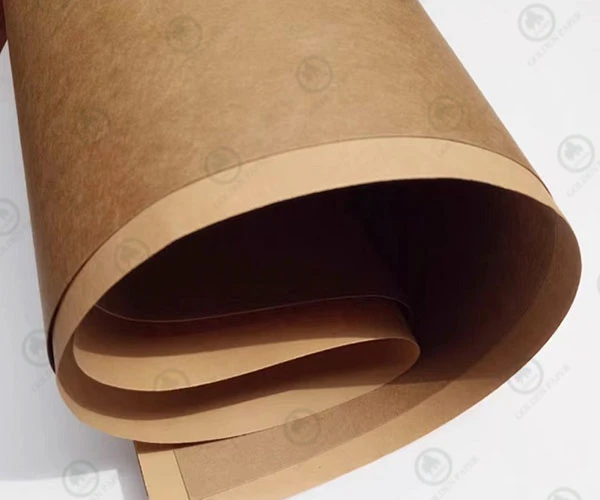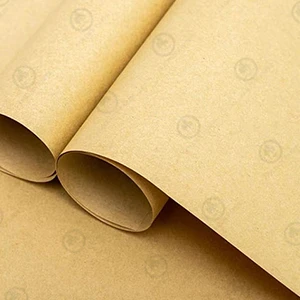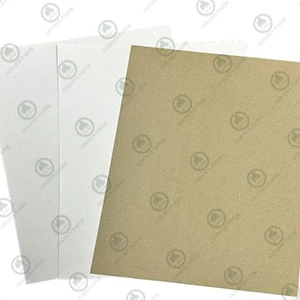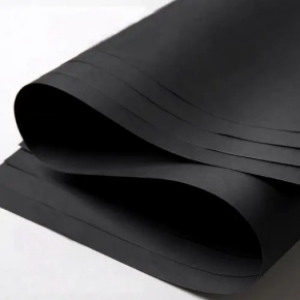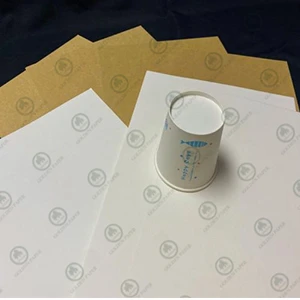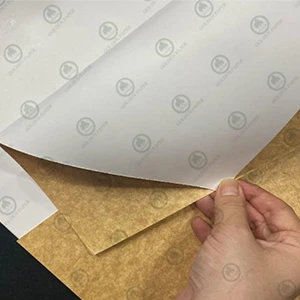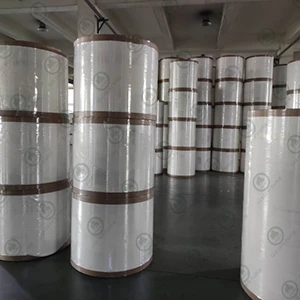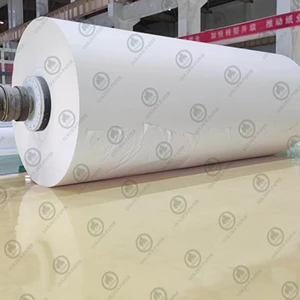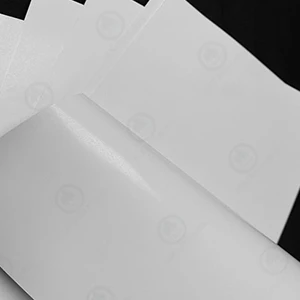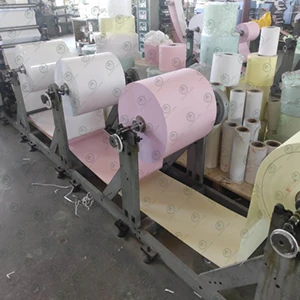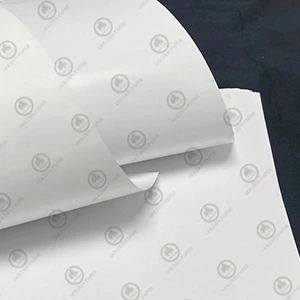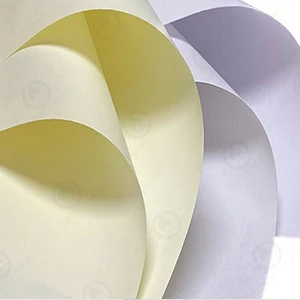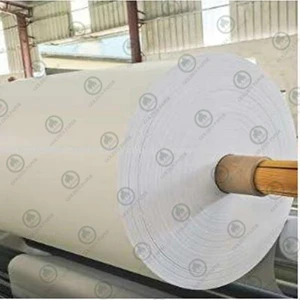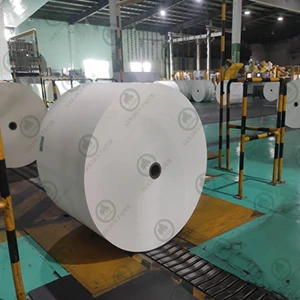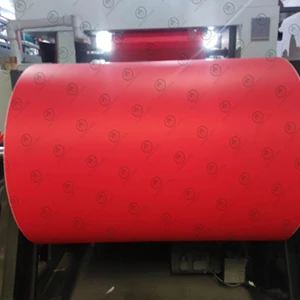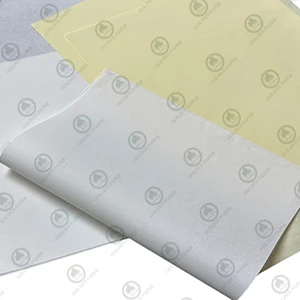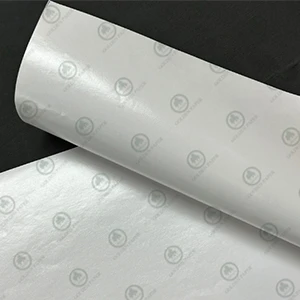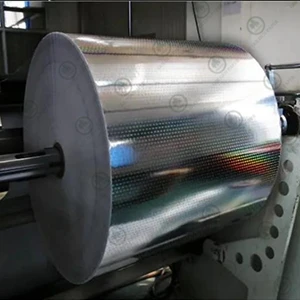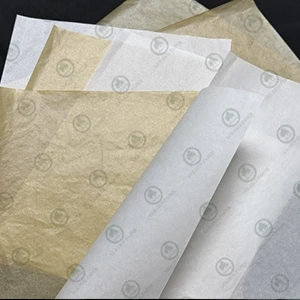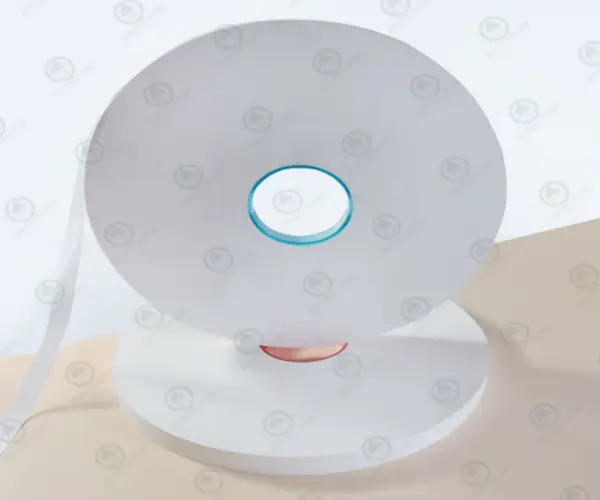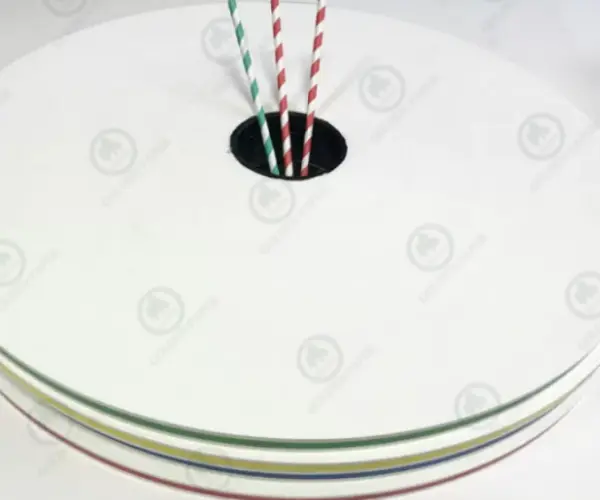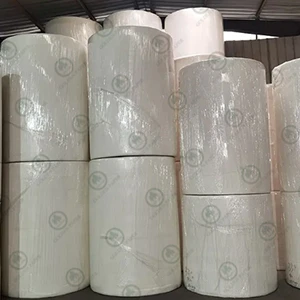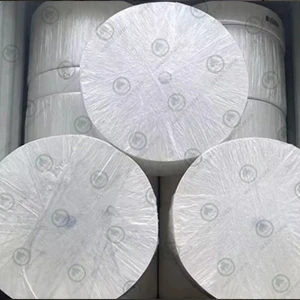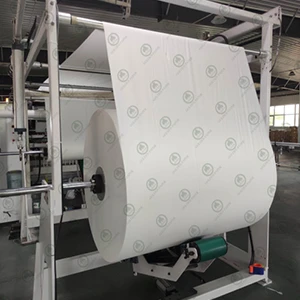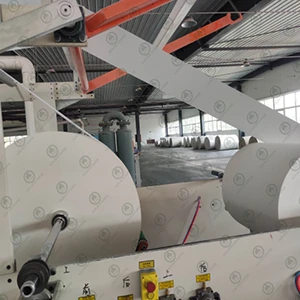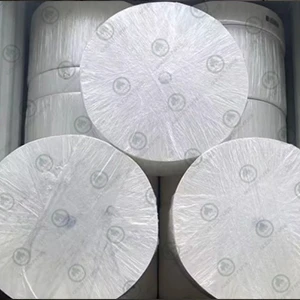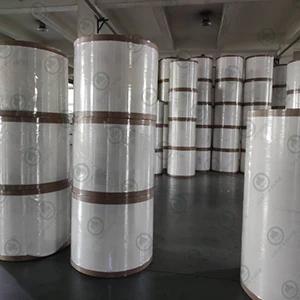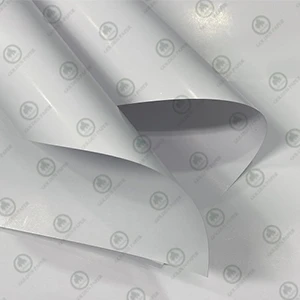Kraft liner board plays an important role in corrugated board production and is widely used for the top and bottom layers of cartons. However, high-grammage kraft liner boards often experience delamination, which not only affects the quality of the board but can also lead to customer complaints. To address this issue, many paper mills have undertaken technical research to improve the interlayer bond strength of kraft liner board by optimizing processes.
Reasons for Kraft Liner Board Delamination
If the delamination of kraft liner board is severe, it can generally be detected during the production process at the board factory. If the delamination is mild, it will be discovered when the corrugated board is sent to the carton manufacturing line, after going through processes like printing, slotting, corner cutting, and nailing (gluing). High-grammage kraft liner boards experience delamination because the interlayer bond strength is insufficient.
For example, high-grammage boards composed of three layers of pulp often suffer from improper process control, causing the top layer to separate from the core layer or the core layer from the bottom layer. Boards with poor interlayer bond strength can be easily torn apart by hand.
Factors Affecting Interlayer Bond Strength of Kraft Liner Board
The interlayer bond strength of kraft liner board paper is influenced by several factors. Firstly, if the pulp concentration is too high or moisture content too low, the hydrogen bonds between fibers will decrease, reducing interlayer bond strength. Secondly, significant differences in the dehydration degree between layers of pulp weaken the bonding during wet sheet lamination. Differences in pulp beating degree also affect the interlayer bond strength, leading to insufficient bond strength and delamination issues. Therefore, improving these factors is key to addressing kraft liner board delamination.
Improving Production Processes to Enhance Interlayer Bond Strength
To resolve kraft liner board delamination, some paper mills have implemented various technical improvements. The most direct method is to add a starch spraying pipe before the wet sheet lamination in the wire section, and optimize the position, spray pressure, and flow of the starch spraying pipe to ensure the uniformity of the board. Increasing the concentration and viscosity of the sprayed starch can also effectively enhance the interlayer bond strength of the paper. Moreover, raising the temperature of the pre-dryer cylinder aids in the gelatinization of the sprayed starch, further enhancing the interlayer bond strength. If the temperature is not increased until the post-dryer cylinder, the effect is not significant.
When using sprayed starch, enhancers can be added to further improve the paper's interlayer bond strength. However, the use of sprayed starch may cause glue droplet issues, leading to sticky spots or holes on the paper surface, or even paper breaks, affecting production efficiency.
Optimizing Pulp Quality and Fiber Treatment
The interlayer bond strength of kraft liner board is closely related to the use of sprayed starch and also directly connected to the quality of the pulp and fiber treatment. The beating degree of the pulp and the degree of fiber refining affect the interlayer bond strength of the paper. If the pulp has low water content and high concentration, there will be fewer hydrogen bonds between fibers, reducing interlayer bond strength. Additionally, significant differences in the dehydration levels of each layer of pulp will also weaken the interlayer bond strength. Ensuring uniform dehydration of each layer of pulp is essential for improving interlayer bond strength.
Ensuring Pulp Consistency
In theory, the interlayer bond strength of paper is primarily formed through hydrogen bonds between fibers. More hydrogen bonds result in stronger bond strength. Experiments have also proven that the consistency of pulp concentration and moisture is a crucial factor affecting interlayer bond strength. Maintaining minimal differences in the beating degree of each layer of pulp and appropriately adjusting the processing of long and medium fibers can effectively ensure the consistency of pulp dehydration, thereby improving the interlayer bond strength of the paper.
The delamination issue of kraft liner board poses a challenge for carton manufacturing companies, but by improving processes, optimizing pulp quality, and using appropriate enhancers, the interlayer bond strength of the paper can be effectively increased, solving the delamination problem. To address kraft liner board issues, Golden Paper Group, with over 20 years of industry experience, is dedicated to providing customers with high-quality paper solutions and continually innovating and improving processes among coated paper board manufacturers.
 GOLDEN PAPER
GOLDEN PAPER
 EN
EN
 fr
fr  de
de  es
es  it
it  ru
ru  pt
pt  ar
ar  vi
vi  tr
tr  id
id 